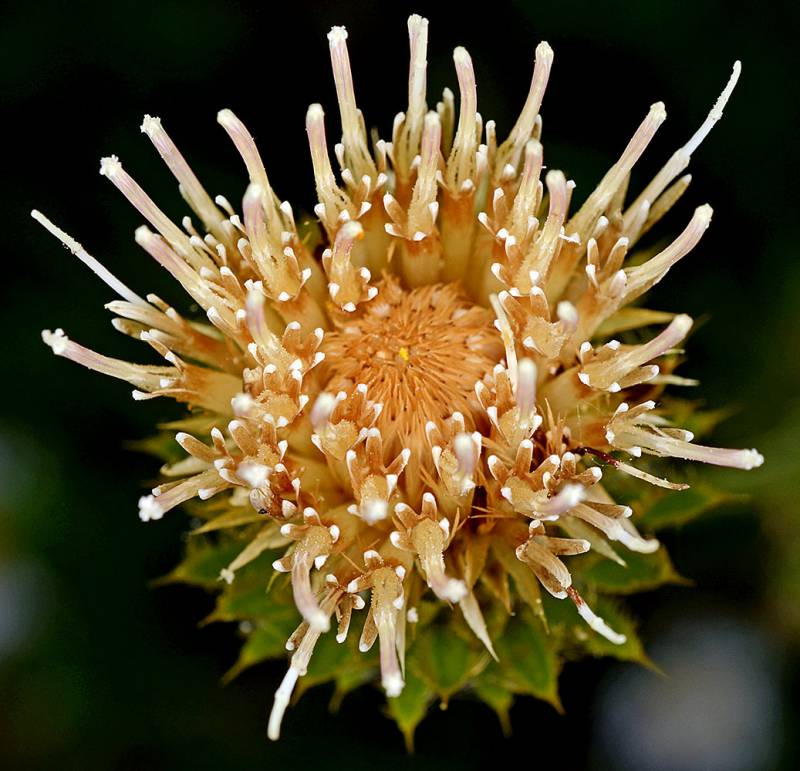Hosted by the University of Washington Herbarium, Burke Museum
Publication: Prodr. 6: 655. 1838.
Origin: Native
Herbarium search: CPNWH
Notes: FNA19: "Variety remotifolium occurs primarily west of the Cascade Range in Washington and Oregon and on coastal-facing slopes in northwestern California. Intermediates with var. odontolepis are known through much of that range."
"Cirsium remotifolium occurs from the Coast Ranges and valleys of the Pacific Northwest to the western slopes of the Cascade and Klamath ranges, south in the California North Coast Ranges to the San Francisco Bay region. It is closely related to the C. clavatum complex of the Rocky Mountains region. Both have a similar growth habit and some forms variably express the character of broadly scarious, lacerate-toothed phyllary margins. Gray, in naming Cnicus carlinoides var. americanus, included as syntypes both California and Colorado specimens. F. Petrak (1917) treated both the West Coast plants and those of the Rocky Mountains as Cirsium subsect. Americana, recognizing C. remotifolium with several infraspecific taxa plus two other species, C. callilepis and C. amblylepis from the West Coast, and four additional species from the Rocky Mountains. A. Cronquist (1955) rejected Petrak\\\'s subspecies, treating C. remotifolium in a restricted sense, limited to plants of Washington and Oregon without dilated phyllary tips, and circumscribed C. centaureae broadly to include the Rocky Mountains and West Coast plants with dilated phyllary tips. Because of the frequent presence of dilated phyllary tips in C. remotifolium in the restricted sense, Cronquist acknowledged the likelihood of past introgression with C. centaureae in the broad sense.
J. T. Howell (1960b) recognized three species: Cirsium remotifolium, C. acanthodontum, and C. callilepis, the latter with four varieties collectively corresponding to the West Coast representatives of C. centaureae (in the sense of Cronquist). Because of the great similarity of the various West Coast plants and their intergradation, I see no value in recognizing two or more species.
The West Coast and Rocky Mountains plants are clearly related, but are separated by the Great Basin region and there is little chance of current genetic interchange. As is often the case with American Cirsium, genetic enrichment from past hybridization with other nearby species within their respective areas has likely been fertile ground for evolutionary diversification. Different species have contributed genes in the Pacific states and in the Rockies. I have chosen to recognize two geographically-based species complexes, each with intergrading races here treated as varieties. I treat the West Coast plants as C. remotifolium and the Rocky Mountains plants as C. clavatum."
Last updated 7/9/2020 by David Giblin.

